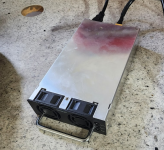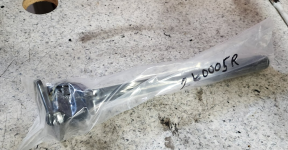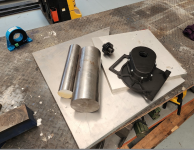They will be identical in voltage (even if they individually have different capacities, resistances, etc) because paralleled voltage sources are always identical in voltage, when no current is flowing.
Now, if you used interconnects between them that are insufficient to handle the current flow at that moment, and the current from the cells in the group has to pass thru all their interconnects to get to the series interconnects to / from the other groups, *then* during that excessive current flow you would see differences in cell voltages because there is voltage drop across the resistance between them. But as soon as the current demand ceases, the cells within each parallel group re-equalize in voltage automatically thru their interconnects.
That's a different thing than a BMS balancer function, and not something you ever have to worry about--it's just how electricity works.

Something to keep in mind about balancing though: All it means is the cells are equal in voltage throughout the pack, at one particular point in the charge curve (usually at the top of it, when full). Everywhere else in the charge/discharge curve, they will not be the same. Even when they are the same, it does *not* mean they are equal capability, or capacity, etc. For that, you have to use matched cells that are identical in all properties when you build the pack (not something you'll find in the majority of prebuilt "ebike" or "scooter" etc packs, just in large-EV packs), and even then as they age the cells will become different, and behave differently.
All balancing does is allow you to use more of the available capacity of a non-matched pack than you could otherwise, as an unbalanced pack gets moreso every cycle, so the less-charged cells get even less charge each time, lowering the available capacity of the pack to whatever the worst of them has.







